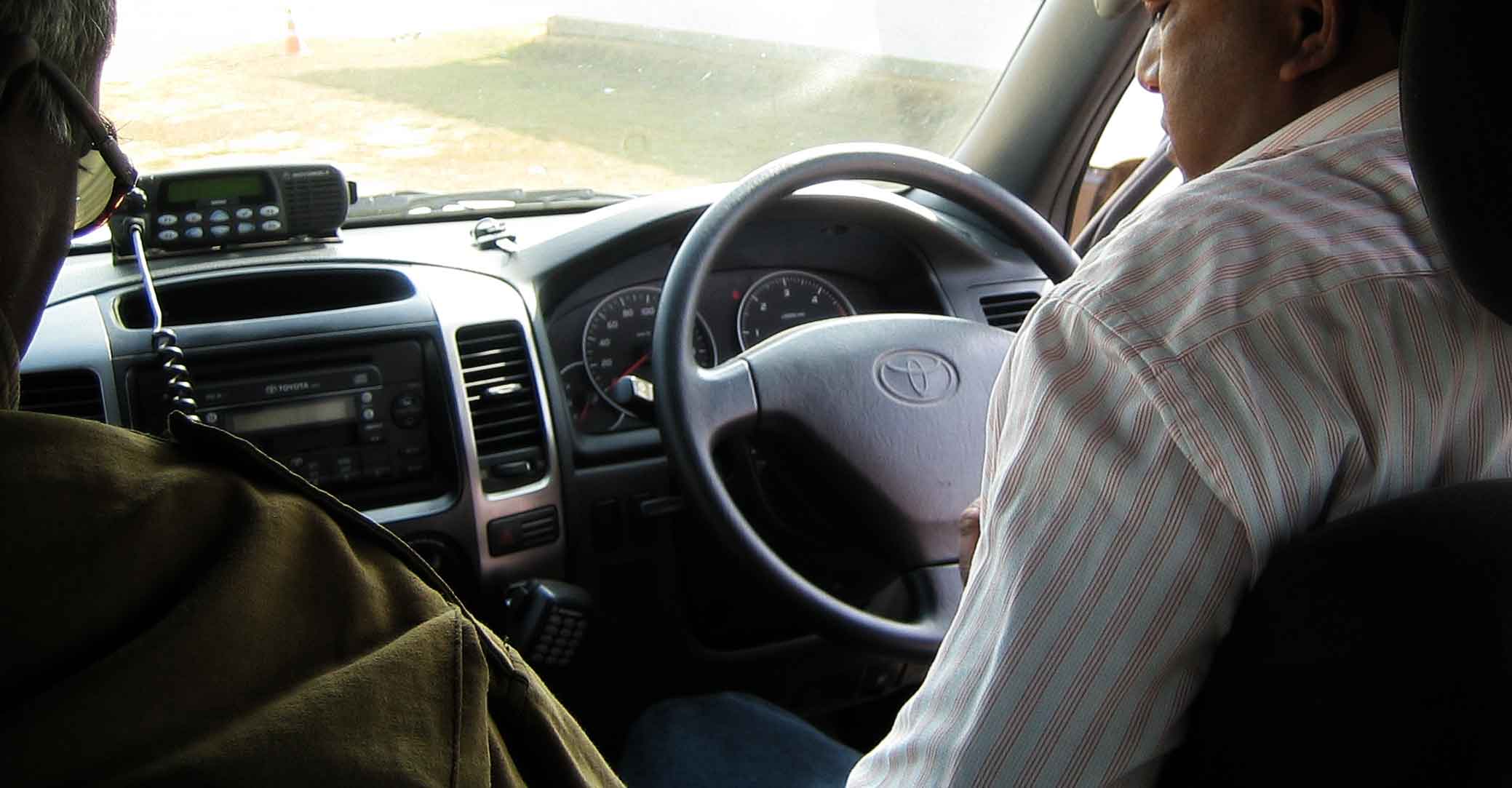Road safety remains a critical public concern in Uganda, where consistently high rates of road traffic accidents result in significant fatalities and injuries. Uganda registers about 3,500 road deaths annually, with road crashes costing the economy over $1.2 billion each year. Among the most vulnerable are school-going children, who make up a notable portion of casualties. Given this grave challenge, driving schools in Uganda play an essential role in promoting road safety by equipping new drivers with the knowledge, skills, and attitudes necessary to navigate roads safely.

Driving schools serve as the primary avenue through which Uganda’s new drivers are formally trained on road safety regulations, proper driving techniques, and defensive driving practices. These institutions emphasize adherence to traffic laws, correct vehicle handling, and hazard anticipation. Importantly, driving instructors often foster a road safety culture that values caution, responsibility, and ethical driving behavior, which is crucial in reducing reckless and negligent driving—key contributors to accidents.
Furthermore, almost every driving school in Uganda incorporates practical lessons tailored to Uganda’s local road conditions, including dealing with diverse traffic scenarios in urban and rural settings. This context-sensitive training better prepares learners to anticipate and respond effectively to Uganda’s unique road challenges, such as mixed traffic, pedestrians, and unpredictable road users.
Driving schools also collaborate with governmental and non-governmental organizations engaged in road safety advocacy and education. For example, efforts such as the Uganda Road Accident Reduction Network Organisation (URRENO) complement formal driver training by promoting road safety education in schools and communities, helping reinforce knowledge gained in driving classes.
In addition to formal lessons, driving schools facilitate learner testing and licensing processes that ensure only qualified, competent candidates receive driving permits. This regulatory compliance helps reduce unlicensed and unsafe driving practices that are prevalent contributors to road accidents.
The establishment of safe school zones with measures like zebra crossings and crossing guards around educational institutions, supported by safe driving practices promoted by driving schools, has contributed to noticeable reductions in road incidents involving children. Evidence shows a 33% decrease in crashes near such zones, highlighting the importance of combined efforts by driving schools and safety campaigns in protecting vulnerable road users.
Ultimately, the role of driving schools extends beyond just teaching individuals to operate vehicles; they are pivotal in shaping Uganda’s overall road safety landscape. By producing better-trained, more responsible drivers, providing continuous driver education, and working alongside safety advocates, driving schools contribute significantly to reducing road accidents and fatalities, enhancing public safety, and advancing Uganda’s socio-economic development.
In conclusion, driving schools in Uganda are frontline actors in promoting road safety, safeguarding lives, and fostering a culture of responsible driving. Strengthening these institutions, ensuring quality training, and supporting ongoing road safety initiatives must remain priorities for Uganda’s efforts to build safer roads for all users.
By Bryan Muhoozi

